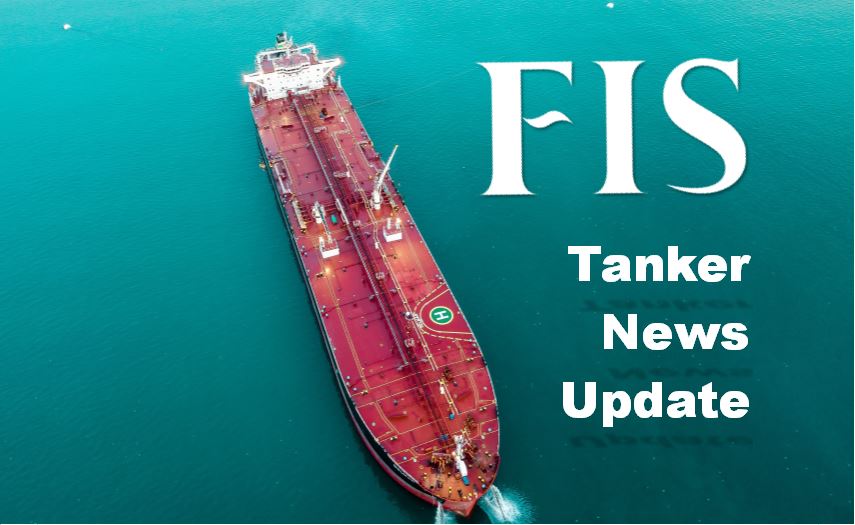*Tanker Traffic
As mentioned around the turn of the month after suffering the worst rainfall in 100 years, Chinese ports are still flooded, but now with over 40 VLCCs. The current figure stands at 83 tankers in waiting, though peaked early last week at 91, with a 2019-built 320dwt siting in Qingdao for two months. Along with Qingdao, the Northern ports of Yingkou and Rizhao are the worst affected as storage facilities in China are brimming. Despite this, there is scope that not all ships are refraining from discharging due to the ongoing capacity issues. “Many ships were fixed on period charters in March and April, so their charterers may delay discharging to get a higher price since the oil market is in contango,” one source said. The spot market for the prominently traded dirty routes has continued to dwindle in and around the 2020 lows, with TC earnings opening the week at just under $9,800 per day, a far cry from the $250,000 per day seen in mid-March.
*Mauritian Casualty: What’s Next?
The charterer of the Wakashio, Mitsui OSK lines, says it has successfully removed the final 3,000 tonnes of fuel oil that had remained on board. The vessel had been originally carrying 4,000 tonnes before grounding at Pointe D’Esny three weeks ago, with the spill devastating the marine environment. Whilst a virus tested delayed specialist team prioritises halting further pollution, there are still concerns that a fracture in the hull has continued to expand; so much so a smaller vessel has been employed to prevent a further split.
The owner of the vessel, Nagashiki Shipping, claims there were no reported mechanical issues. The ships voyage, from Singapore to Brazil, would have been planned by Mitsui using their state-of-the-art operations facility in Tokyo, though ultimately the legal responsibility falls at the hands of the master; employed by owner, Nagashiki. MOL said in a statement ‘…the route is not compulsory and it’s the captain’s sole decision to divert based on conditions at sea’ and indicated there was diversion. Should the full financial liability fall to the owners, it is claimed that there could be up to $3billion in liability available provided by insurer, the Japan P&I Club. Two years prior, Bow Jubail spilled 270 tonnes in the port of Rotterdam subsequently costing an estimated $50m.
*Rescue Me: Well-aged Tanker, Seeks Loving New Owner for Storage.… Maybe More
Second-hand values looked to have taken a sharp decline in the third quarter as shown by the millennium-built Bag Meur. The VLCC has failed to sell for over a month at, what is believed to be around $23.5m, a stark comparison to the $32m fetched for the 2000-built Marina M sold by Eastern Mediterranean around two months ago. Older vessels had become en Vogue in the earlier parts of the year, the cheaper initial outlay combined with the high demand for floating storage in the oversupplied market, making for an attractive duo. Now, with the storage demand weakening, are we overdue a demolition frenzy? Only four VLCCs have been scrapped since January last year, almost staggering when you consider 31 were recycled in 2008 alone. However, data suggests that current scrap values are around $12.4m, a 25% decline of from estimated values at the beginning of the year and with present macroeconomic conditions, it seems likely that demolition rates will continue to be pressured.
